
Welcome to The Best Movie You NEVER Saw, a column dedicated to examining films that have flown under the radar or gained traction throughout the years, earning them a place as a cult classic or underrated gem that was either before it’s time and/or has aged like a fine wine.
This week we’ll be looking at PAPRIKA.

THE STORY: In the nearfar future, a device is developed that allows therapists to enter the dreams of their patients. When someone steals this technology, the very nature of reality is threatened.
THE PLAYERS: director Satoshi Kon, who also co-adaped the script with Seishi Minakami. Actors Megumi Hayashibara, Toro Furuya, Koichi Yamadera, Katsunosuke Hori, Toru Emori, and Akio Otsuka. Composer Susumu Hirasawa. Japanese animation studio Madhouse Inc.

Of course there is an element of fate, but in order for a film to come into existence it has to go beyond that. When fate happened to bring [the author and I] together, I started to think about what the meaning was for me to make Paprika at that moment. All of the films I had made up until that point – Perfect Blue, Millennium Actress, and Tokyo Godfathers – were made through a very realistic method of representation, and the themes and subject matter were also quite realistic. I thought Paprika was a chance to tap a new part of creativity within me by using realistic methods of representation to deal with something more fantastic. – Satoshi Kon
THE HISTORY: By 2003, director Satoshi Kon had done three feature-length animated films: PERFECT BLUE, MILLENIUM ACTRESS, and TOKYO GODFATHERS. They were films that dealt with realisitic themes and subject matter, and the director was searching for "a chance to tap a new part of creativity within […] by using realistic methods of representation to deal with something more fantastic." While still in his twenties he had read the book on which PAPRIKA would later be based, and had even consdired trying to make it after PERFECT BLUE, but the studio he wanted to work with went bankrupt. He tried for ten years to get the funding, but it wasn't until after the author himself proposed that Kon direct an adaptation that everything came together. Due to both the nature of the story and advancements in technology, CG/3D animation played a much larger role in the production than it had on any of Kon's previous work and contributed to his pursuit of creating "something that went beyond [his] imagination.
Released on September 2nd, 2006 at the Venice Film Festival and May 25th, 2007 in the United States, PAPRIKA went on to make a worldwide total of just under $1,000,000. Wolfgang Petersen (DAS BOOT, TROY) tried to get a live-action adaptation going a few years later, but INCEPTION threw his "more accessible for a wide audience" version into the abyss of Hollywood limbo. In the end, PAPRIKA was Kon's final completed work before his death from pancreatic cancer in 2010 at the age of 46. DREAMING MACHINE, the project in production at the time of his death, had only seen 600 of its 1500 shots animated and remains incomplete.

When a dream is explained to us, it’s necessary to know the personal context of the subject. For example, what his childhood was like, his adolescence, his interpersonal relations. You’ve got to understand all these elements in order to tally up the dream and to decode it. At the cinema, that can’t happen because the approach demands the introduction of too many elements. In order for viewers to identify with this dream, I chose a parade which makes one think automatically of other common dreams and unconscious states. There are very old characters like objects that are discarded by people today or religious symbols that people have forgotten. I think that even nowadays, people have forgotten the importance of dreams. – Satoshi Kon
WHY IT'S GREAT: On its simplest level, PAPRIKA is the story of a piece of technology called the DC Mini which allows the wearer to transport themselves into the dreams of a subject. It is the heigh of power science can provide, a point which excites some and frightens others. The action concerns the team of tech wizards and therapists who have built the device, and how they respond when several units are stolen by a "dream terrorist." Because the technology is still incomplete there are dangerous loopholes in its design, with the mysterious culprit exploiting these to first endanger the team and then entrap the world. One therapist – Dr. Chiba, the woman in the white coat you'll see in the picture below – has developed something of an alter ego named Paprika to facilitate her dreamworld excursions, and it falls to her to spearhead their efforts to find the stolen DC Minis before it's too late. PAPRIKA plays with plenty of tropes – the exhausted detective running from his past, chase scenes, disturbing transformations, creepy dolls, betrayal, noirish dialogue – and throws in multiple levels of dreams, transformations, root-tentacles, absurd humor, and the simplest-yet-sweetest of love stories.
It's important for this column to talk about more than just genre entries that have slipped under the radar, or remind readers of something they have once seen that is worth revisiting and re-evalutating. Cinema is still a comparatively young creative form, one which has already seen many revolutions in its lifetime. Editing, sound, color, non-linear storytelling, flashbacks, connected universes, – every generation has voices that challenge the dominating structures, leading to movements that influence filmmakers the world over. It is a malleable medium, with that malleability an essential element of both its identity and its survival. Live-action has absolutely sought – and successfully fought – to push boundaries, but if you really want something different, something challenging, something a little dangerous? Animation is the place to look. And even more specifically, the realm of Japanese animation.

If you look at a dream overall, it's very difficult to discern the meaning. However, as time goes on, there might be certain meanings in the background. Movies that you can watch once and understand entirely — that is the type of movie that I don't really like. However, if you are able to understand 70 to 80 percent of what's being relayed, and there's still some percentage left that would allow for your own interpretation . . . that's the type of movie that I do like. There might be a certain part that you don't quite understand, but there is a portion that rests in your heart. – Satoshi Kon
Many studies have already been done of director Satoshi Kon's editing and its relationship to the manipulation – or outright side-stepping – of time and space (see Every Frame A Painting's exploration here), so for the sake of this entry let us suffice it to say that Kon uses the medium's impressive potential to its fullest degree. With Kon and his studio being able to craft the timing of everything from action scenes to jokes down to the last frame, the film alternately speeds and breathes just as the story and characters need it to. And with animation's flexibility, the film is able to explore its subjects – dreams, reality, identity, imagination, and possibility – in a way that brings the viewer into that experience. It's one thing for a film to talk about certain themes, emotions, and ideas, and quite another veritably become them through its very form of expression. Yet PAPRIKA succeeds in this, exceeding what cinematic storytelling thought it could be, and that is one of its greatest triumphs.
This is far from PAPRIKA's only triumph, of course. Of note is not just how Kon is able to juggle so many different dreams and realities and points of view, but how the story coheres complete with a strong sense of continuous forward momuntum. This is where the little touches come into play, the form of animation once again allowing for the perfect syncopation of image, sound, and the direction of attention. Many transitions are heralded by the careful construction of one (or all three) of those, and if you look out with your eyes and ears you'll notice all sorts of beautiful moments where the design of score, production, and action become essential to sweeping you on to the next sequence. This is hardly an element unique to animation, but PAPRIKA is operating on an entirely different level here.

For “Paprika”, I remember the idea coming from an episode where two candidates for the Nobel Prize were fighting over a lunchbox. – Yasutaka Tsutsui
The film clips along apace, without a wasted moment or inch of drag. And while this might in another case cause something to suffer – motivations could be unclear, characters undercooked, relationships underdeveloped, exposition awkwardly dropped – somehow Kon and his team balance it all, with the actors (watch it in Japanese if you can) bringing such energy and life to their performances that the clarity is crystal. That being said, for everyone's efforts, the film has no mercy if it isn't given full attention. Between the shortened character arcs, the action, the plot, the extensive playing with reality v. dream, and the large amount of science fiction speak, everything is so precisely balanced that everything bears the danger of crumbling if a viewer isn't careful.
Through its inventive unpredictability, PAPRIKA is film that becomes so much more than just a film – it is a storytelling experience on the plane of something approaching magic. It translates present challenges where our dive into our media and devices can have a negative impact on our greater relationship to the world, and explores that in an inventively imaginitive take on reality. It uses many of the tools that define cinema's potential and turns them sideways, giving the audience the chance, if they choose, to slide into a liminal realm where story is as much plot as it is emotion, where reality mirrors creation, where it is love that wakes us up to truth, and the heart of bravery lies not in superheroics or bloody survival but rather through finding the deceptively simple strength it takes to see, know, and accept yourself.

BEST SCENE: It'd be best to let the film speak for itself with its opening.
SEE IT: You can buy PAPRIKA on Blu-Ray + DVD HERE!
PARTING SHOT:
“On television and through the Internet people are being seduced by the sweetness of illusion and the sweetness of dreams. It is necessary to have that relief, because without it life is too difficult. But I think the amount of fantasy that people are being fed through the media has become disproportionate. I believe in a balance between real life and imagination. Anime should not be just another means of escape.”



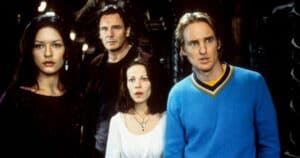


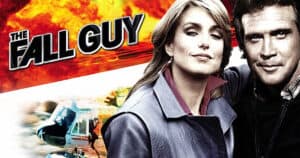
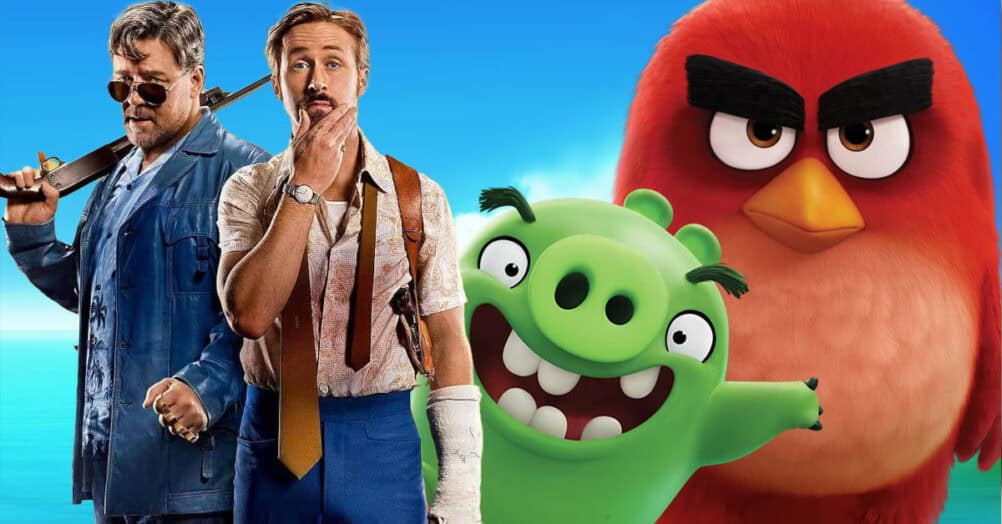
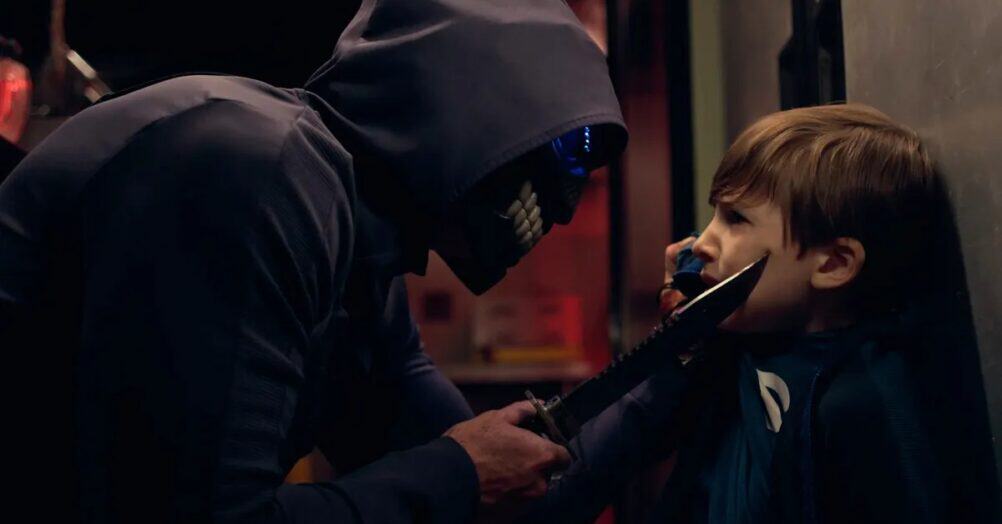
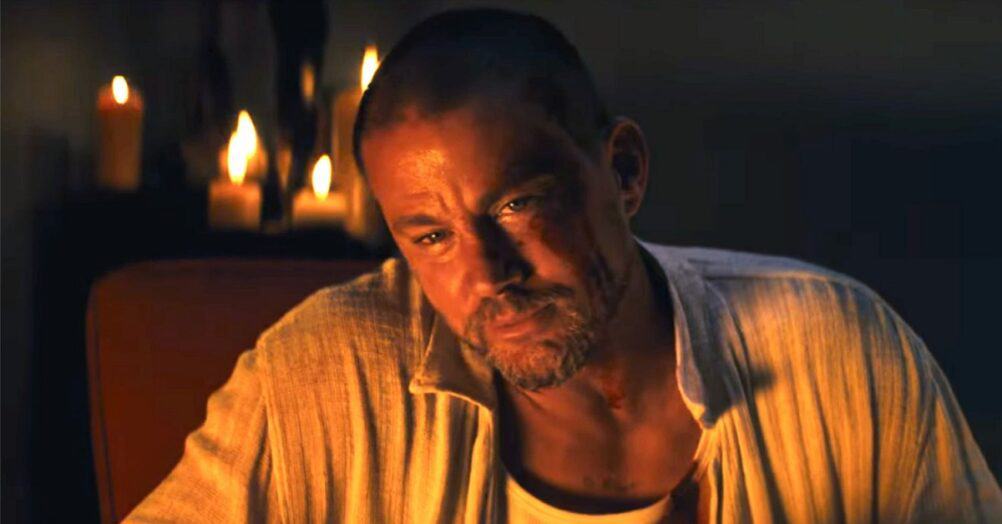
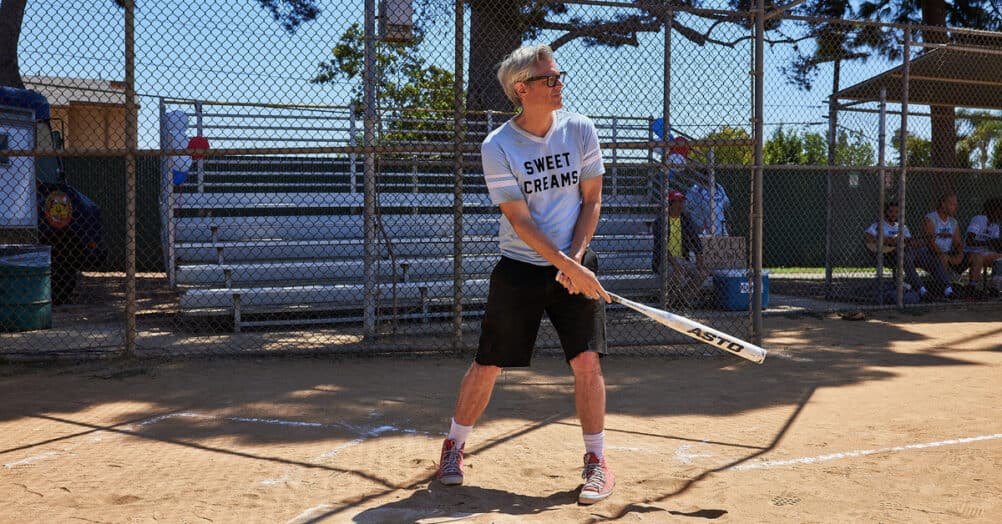


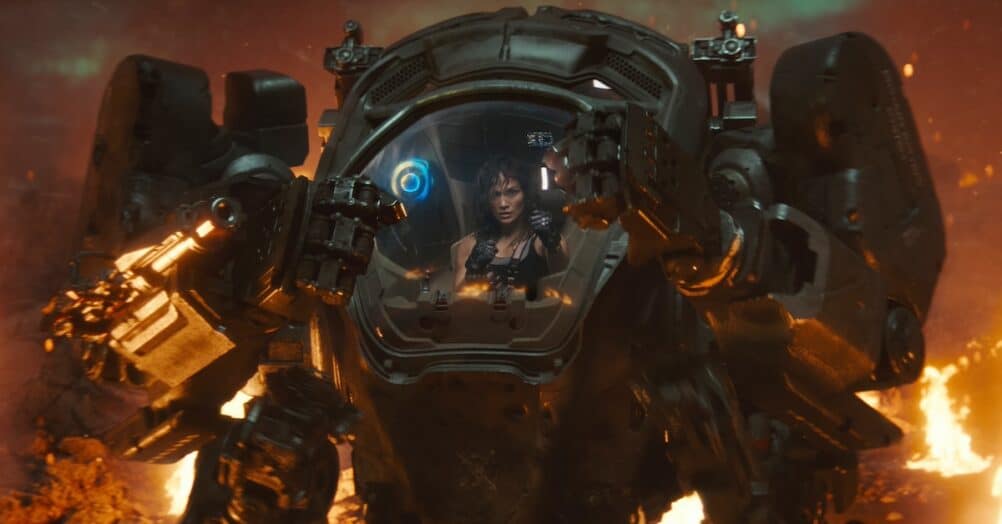
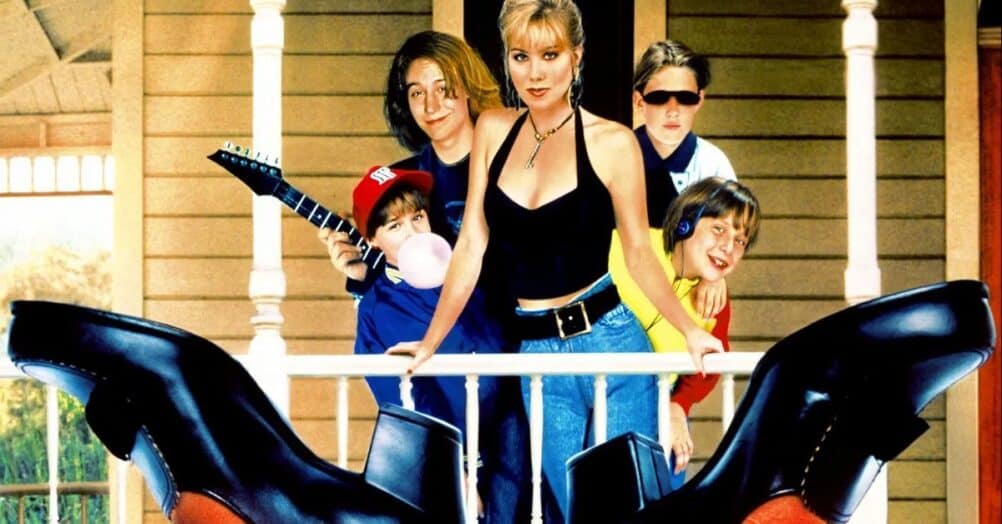

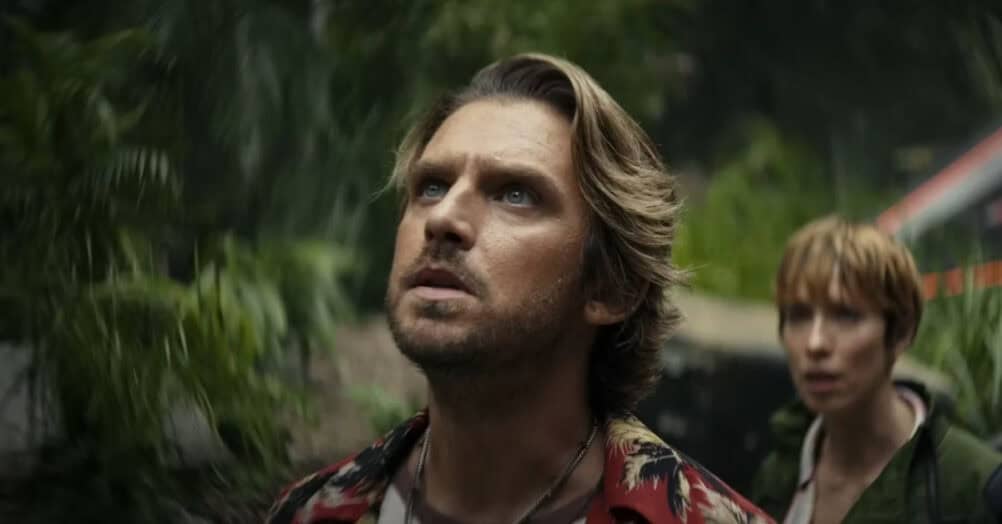
Follow the JOBLO MOVIE NETWORK
Follow us on YOUTUBE
Follow ARROW IN THE HEAD
Follow AITH on YOUTUBE